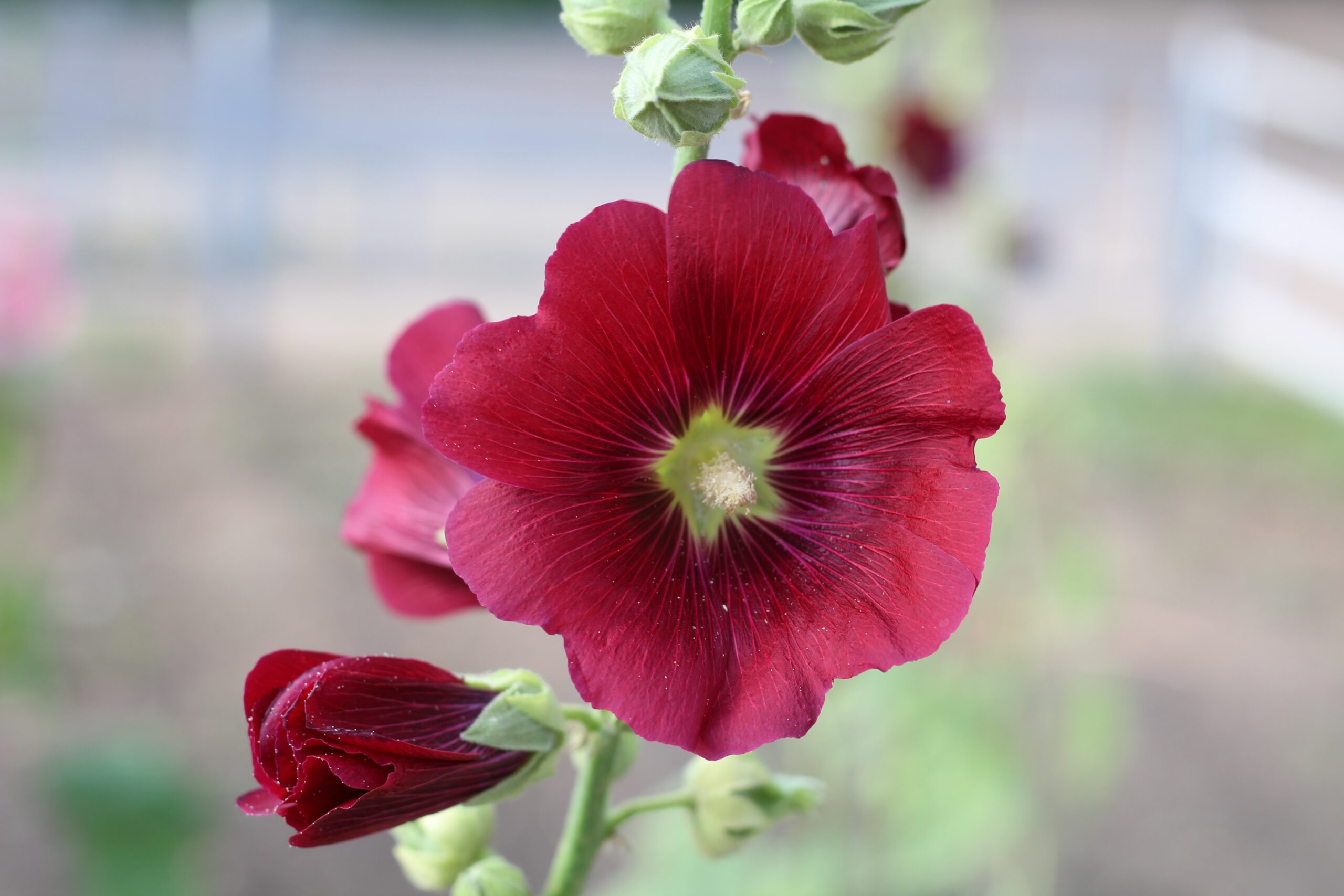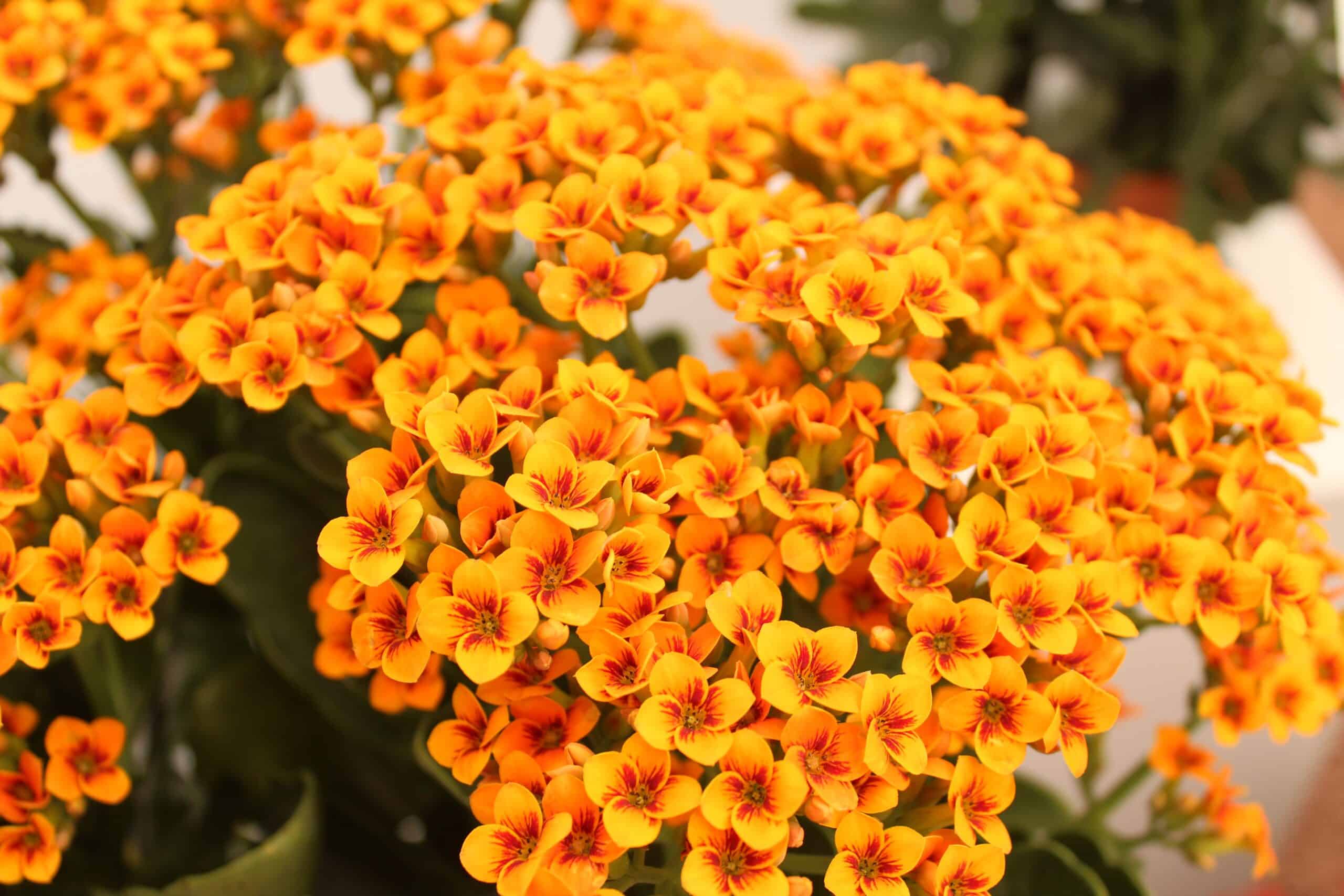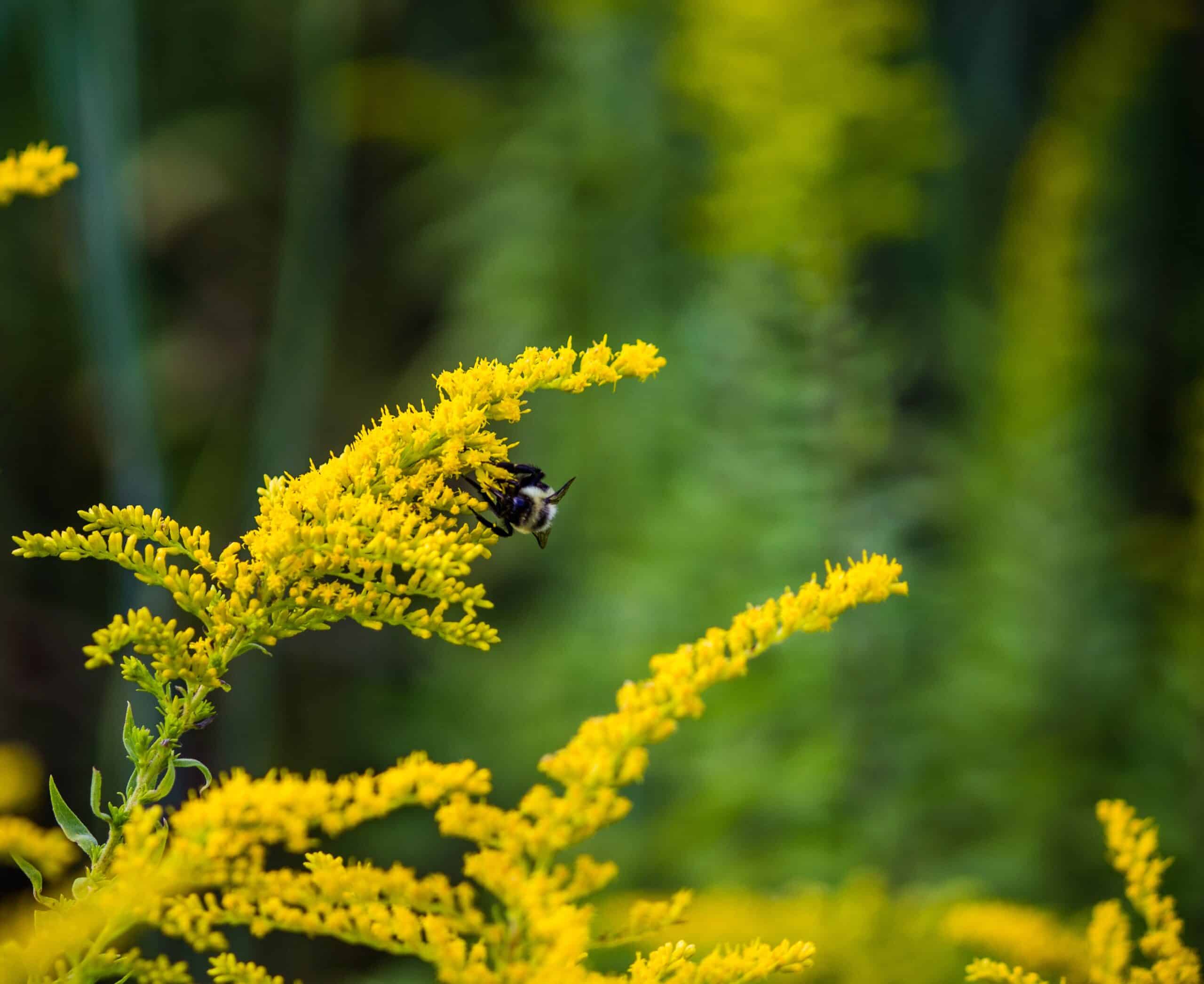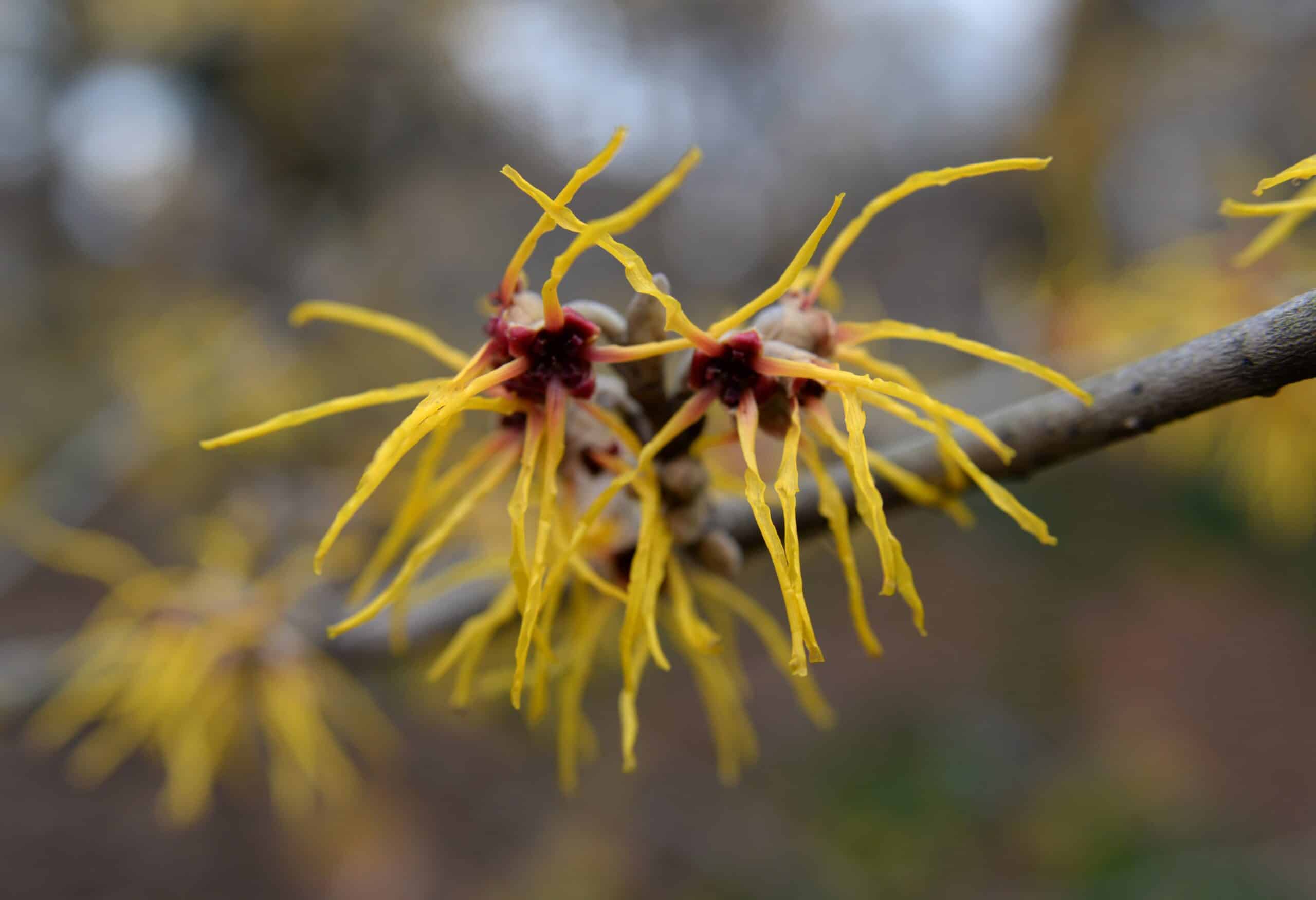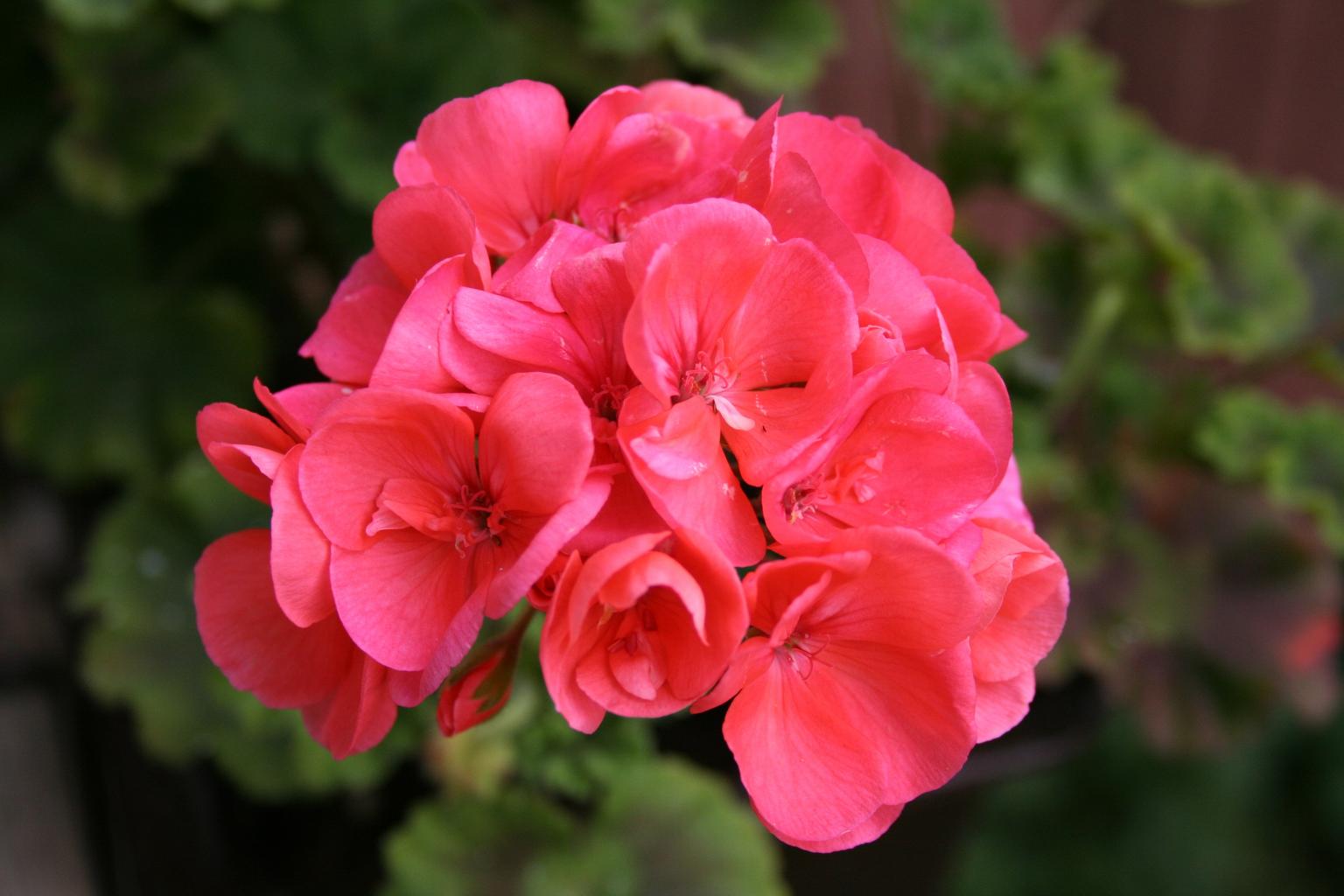Hollyhocks are beautiful flowers that bloom throughout spring and summer. They come in various colors, from white to pink, purple, yellow, orange, red, blue, and even black. These plants are also known as Althea rosea or simply hollyhock. Hollyhocks originated in Europe and Asia. The plant has been cultivated since ancient times. They were introduced into North America during colonial times. Today, hollyhocks are grown worldwide. So, let’s learn how to grow and care for hollyhock!
Hollyhocks are easy to grow and care for. They require minimal maintenance and thrive in full sun. If you want to grow them home, you’ll need a sunny spot, rich soil, and regular waterings.
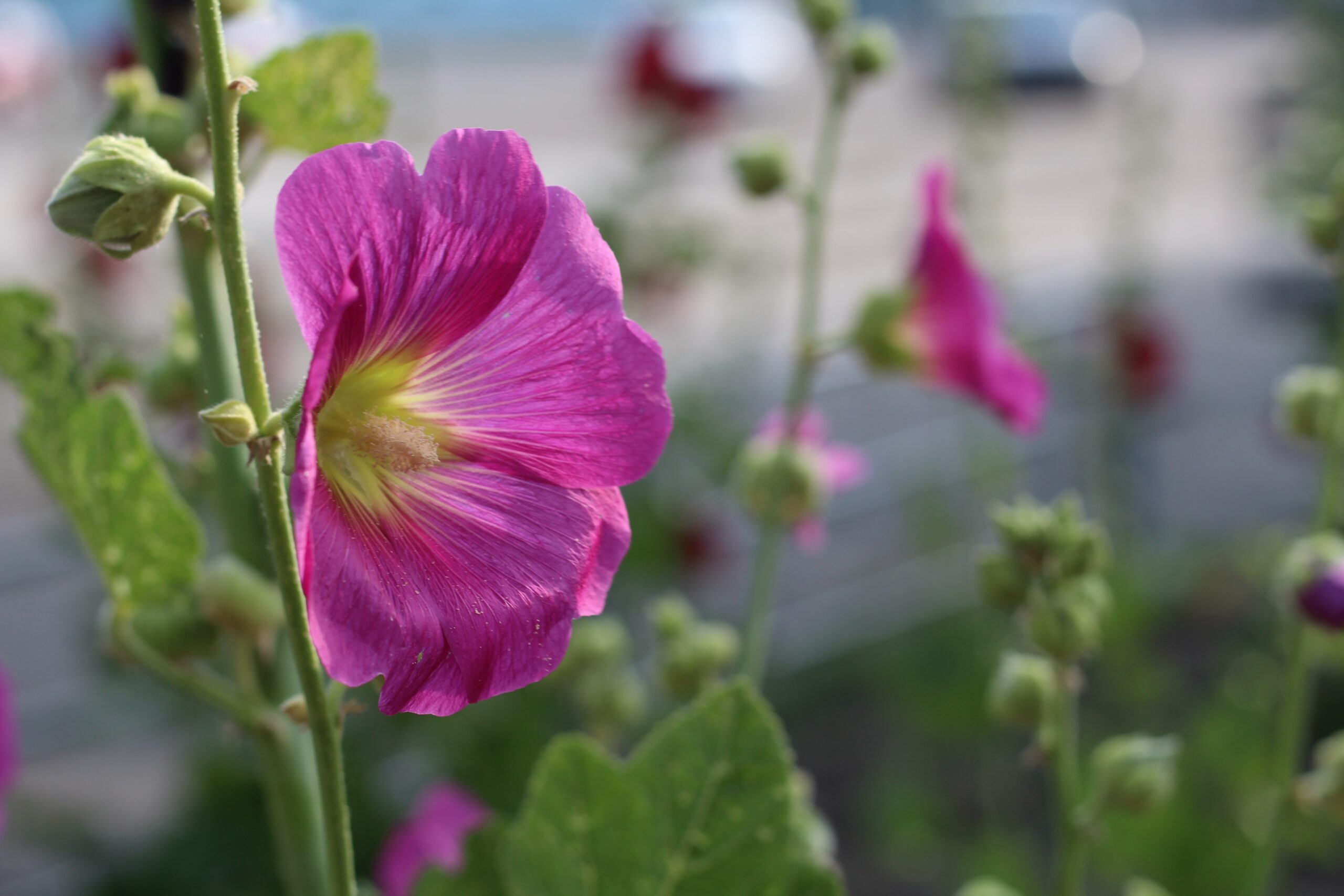
How and When to Plant Hollyhock Seeds
Sow the seeds outdoors about seven weeks before your first fall frost. Seeds should be sown at least 1/2 inch deep and 4 inches apart. Cover the seeds with an inch of fine sand or compost. Keep the soil evenly moist until germination begins. Do not let the ground become wet or allow it to dry out completely.
Hollyhock flowers bloom from spring through summer. Flowers will appear in new growth as soon as weather conditions permit. Flowering usually starts around mid-spring and continues into late summer.
Hollyhock foliage turns yellow during the growing season. Leaves turn brown and drop off in early autumn. Cut back spent blooms to encourage more flowering. Remove dead leaves and stems throughout the season.
- Where to plant
Plant hollyhock in full sun and well-drained soils. It can tolerate shade but does best in hot climates where it gets plenty of sunlight. In cooler areas, hollyhock may require additional heat protection.
- How to Grow Hollyhocks From Seed
Hollyhocks grow best in cool weather, so they should be started indoors about six weeks before the last frost. Plant seeds 1/4 inch deep and 2 inches apart. Cover lightly with fine sand or vermiculite. Keep plants at 70 degrees F during germination. After emergence, give plants 12 hours of light per day. As soon as roots begin to form, transplant them into individual pots.
How to Grow and Care for Hollyhock
Hollyhocks grow best in full sun, though they will tolerate some shade. They prefer slightly acidic soil (pH 6.0–6.5) and should not be planted where they’ll receive direct sunlight all day. Water regularly during the growing season, especially if it has recently rained.
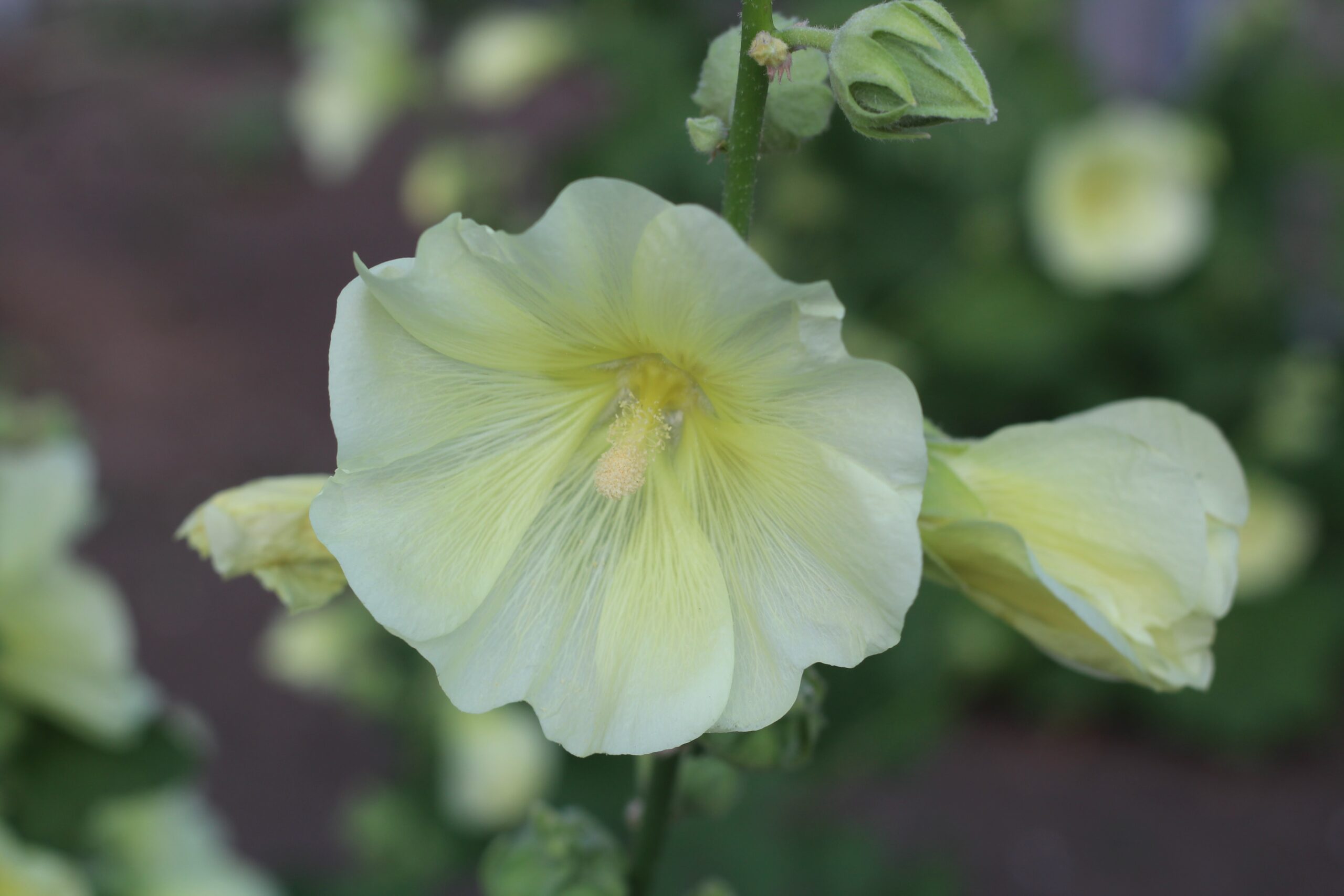
- Light
Most people find they can grow hollyhocks from seed indoors, but if you want to start from cuttings, you’ll need to give them some light at least six hours per day.
- Soil
Hollyhocks do best in fertile, well-drained soil that drains freely. Plant in raised beds or containers. Avoid compacted soil.
- Water
Hollyhocks don’t like wet feet. They prefer soil that drains well so they can absorb water from the ground. Don’t let your plants sit in standing water. It will rot roots and kill plants.
- Temperature and Humidity
Most people find it easier to grow hollyhocks if they start them indoors and transplant them into the garden once temperatures warm up. Plant seeds in flats or cell packs (small containers) and keep them at 70 degrees F. Seedlings should be transplanted outdoors when daytime temperatures reach 60 degrees F.
- Fertilizer
Hollyhocks are heavy feeders, so they fertilize frequently. Apply fertilizer every month or so. A complete organic fertilizer such as 10-10-10 works well. Use a starter solution of fish emulsion or seaweed extract to help establish good root systems.
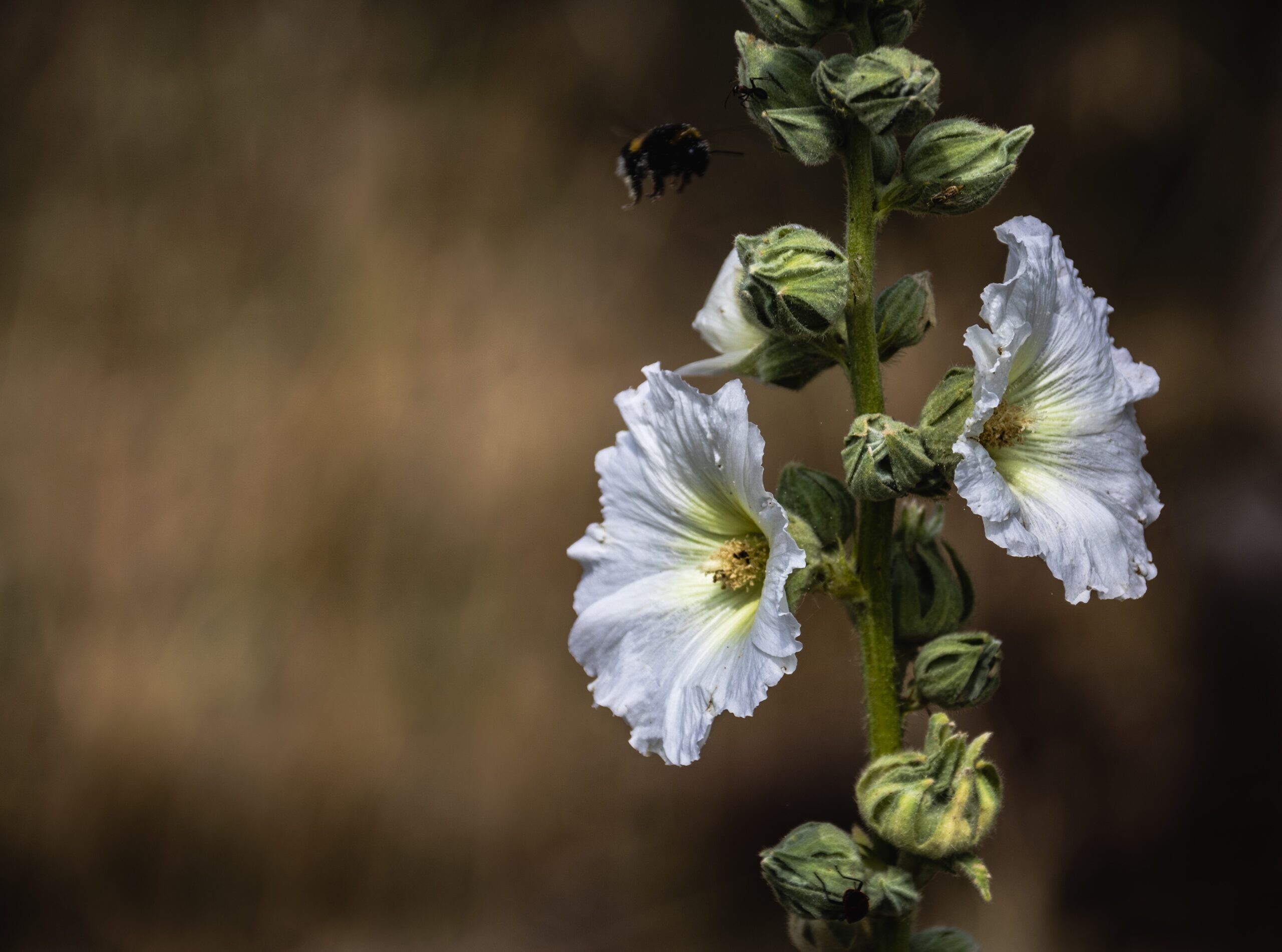
Pruning
Hollyhocks have thick, strong stems. It would be best if you didn’t prune unless there is a problem. Pruning encourages vigorous growth and increases the risk of disease problems.
Propagating Hollyhocks
Hollyhocks grow best from cuttings taken in late spring or early summer. To take a cutting, first, remove all leaves from the stem. Then slice off just above a leaf node, leaving at least 1/2 inch (1 cm) of stem attached to the root ball. Cut the bottom third of the stem off so it will not rot. Place the cutting in a small container filled with water. Keep the container in bright light and mist regularly. In a few days, roots should start forming. Once they appear, repot into larger containers.
Pests and Diseases
Hollyhock aphids cause small black spots on leaves. These pests usually appear as soon as plants emerge from dormancy. You can control these pests by spraying them with insecticidal soap.
Insects also eat flowers and buds. Remove any damaged parts immediately.
If you see yellowing leaves, check for leafhoppers. Spray with an insecticide such as pyrethrin.
Mildew appears as white patches on leaves. Scrape off infected areas and wash away debris.
What we love from Amazon this week
Buy these wonderful flowers directly from Amazon:


